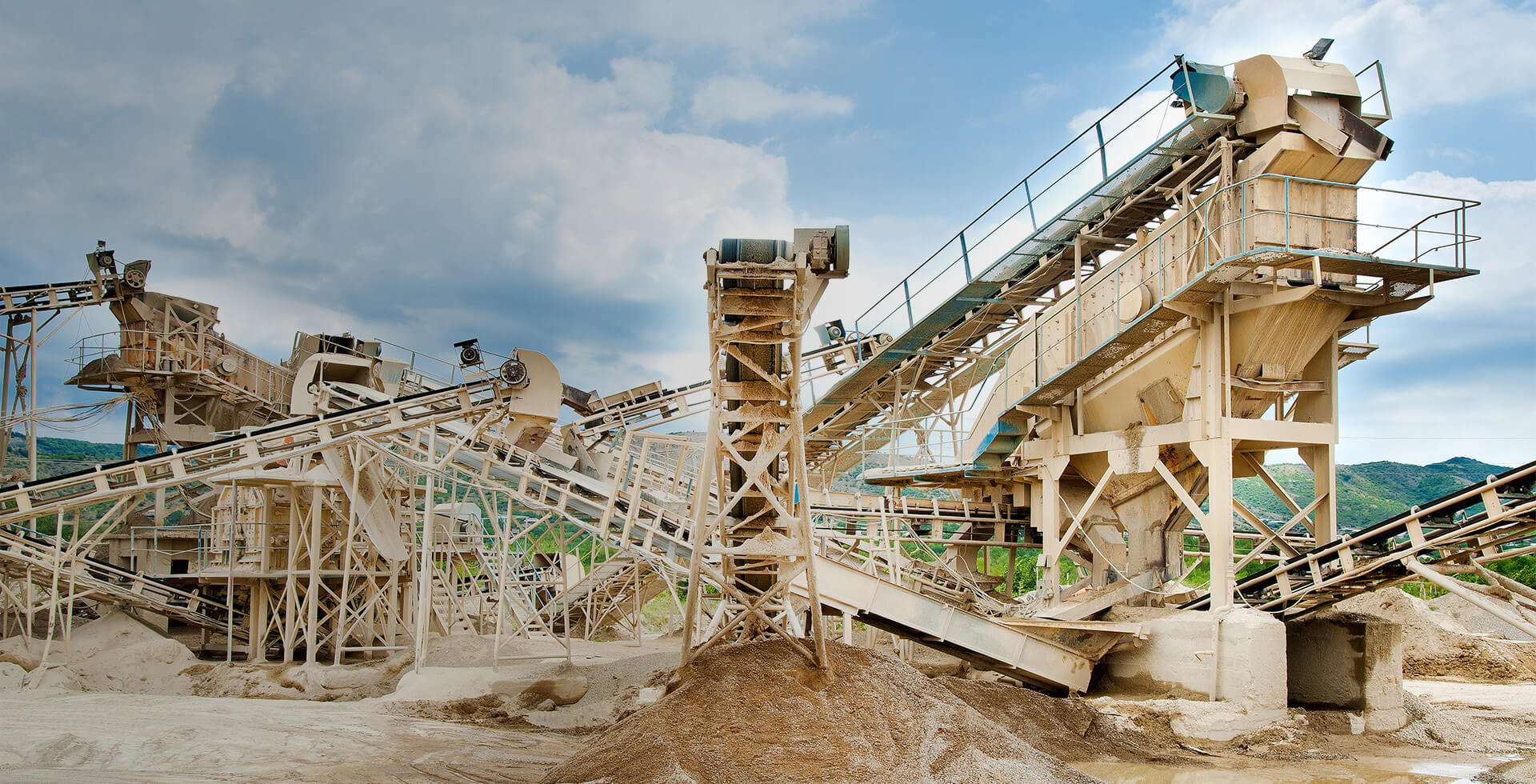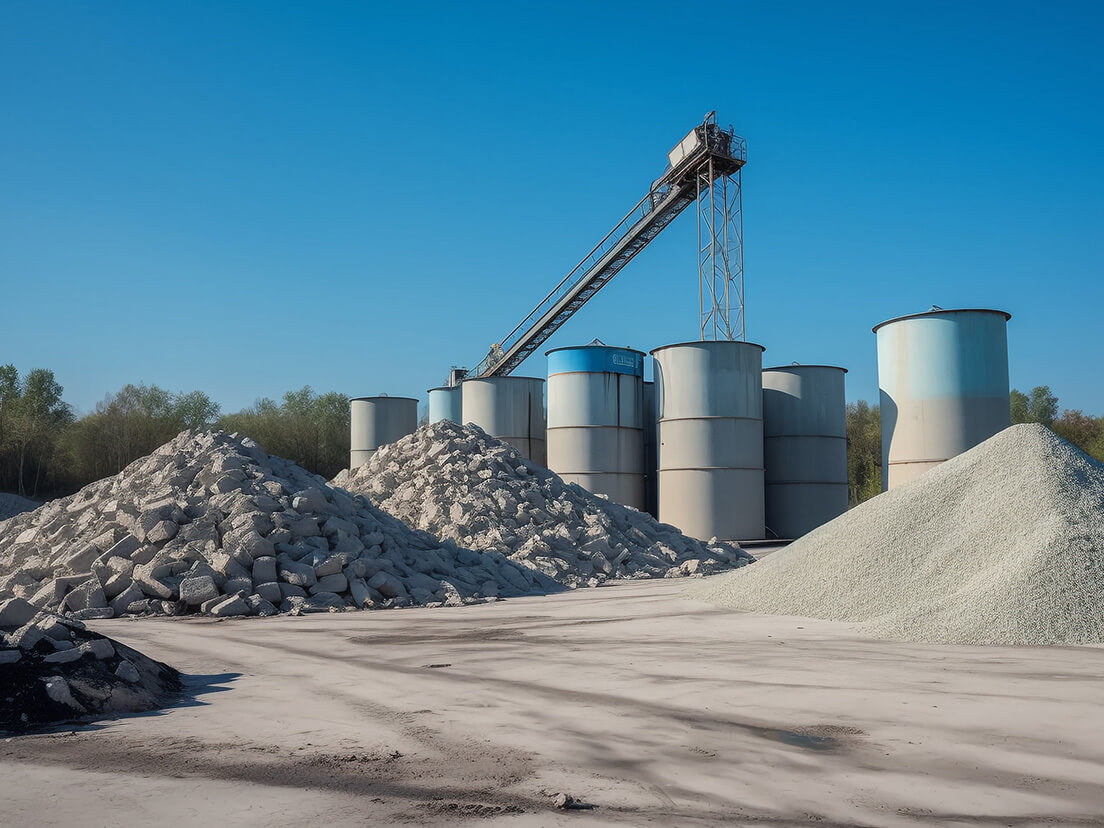Why Fixed Jaw Plates Are Essential for Efficient Crushing
Release time:
2025-06-24
Why Fixed Jaw Plates Are Essential for Efficient Crushing Table of Contents 1. Introduction to Fixed Jaw Plates 2. Understanding the Crushing Process 3. The Role of Fixed Jaw Plates in Crushing 4. Material Science: Choosing the Right Fixed Jaw Plates 5. Design Considerations for Fixed Jaw Plates 6. Maintenance and Replacement: Ensuring Longevity 7. Impact of Fixed Jaw Plates on Crus
Why Fixed Jaw Plates Are Essential for Efficient Crushing
Table of Contents
- 1. Introduction to Fixed Jaw Plates
- 2. Understanding the Crushing Process
- 3. The Role of Fixed Jaw Plates in Crushing
- 4. Material Science: Choosing the Right Fixed Jaw Plates
- 5. Design Considerations for Fixed Jaw Plates
- 6. Maintenance and Replacement: Ensuring Longevity
- 7. Impact of Fixed Jaw Plates on Crushing Efficiency
- 8. Case Studies: Success Stories in Crushing Efficiency
- 9. Conclusion
- 10. FAQs About Fixed Jaw Plates
1. Introduction to Fixed Jaw Plates
Fixed jaw plates are a critical component of crushing machinery, specifically in jaw crushers. These plates are designed to withstand tremendous forces while crushing various materials, making them essential for efficient operations. Understanding the significance of fixed jaw plates sets the foundation for improving crushing processes in your manufacturing operations.
2. Understanding the Crushing Process
Crushing is a mechanical process that reduces large rocks into smaller sizes for further processing. It involves two primary components: a fixed jaw plate and a movable jaw plate. The fixed jaw plate remains stationary while the movable jaw plate exerts force to crush the material against it. This crushing mechanism is crucial for achieving optimal particle size and shape, which directly influences the efficiency of the entire material processing operation.
2.1 Types of Materials Typically Crushed
Various materials can be subjected to crushing, including:
- **Metals**: Used in recycling and producing raw materials.
- **Aggregates**: Essential for construction projects.
- **Minerals**: Critical in extracting valuable resources.
- **Waste materials**: Reducing solid waste for landfills.
Each material requires a specific approach to crushing, and the role of fixed jaw plates is fundamental in achieving the desired results.
3. The Role of Fixed Jaw Plates in Crushing
The fixed jaw plate acts as a stationary surface against which the movable jaw crushes the material. Its design and material composition are crucial in determining the efficiency and effectiveness of the crushing process.
3.1 Key Functions of Fixed Jaw Plates
- **Support Structure**: Provides a robust structure that withstands high compressive forces.
- **Material Friction**: Facilitates the friction necessary for crushing without excessive wear.
- **Shape and Size Control**: Ensures consistent output sizes by controlling the space between the fixed and movable jaws.
These functions illustrate how fixed jaw plates are integral to the crushing operation's overall efficacy.
4. Material Science: Choosing the Right Fixed Jaw Plates
The material used in manufacturing fixed jaw plates significantly impacts performance and durability. Various materials offer different advantages.
4.1 Common Materials for Fixed Jaw Plates
- **Manganese Steel**: Known for its high impact strength and resistance to wear.
- **High-Carbon Steel**: Offers durability but requires treatment for enhanced performance.
- **Alloy Steel**: Combines different metals to achieve specific properties tailored to operational needs.
Selecting the appropriate material ensures longer wear life and better crushing performance, ultimately reducing downtime and repair costs.
5. Design Considerations for Fixed Jaw Plates
The design of fixed jaw plates should reflect the specific requirements of the crushing application. Factors such as size, shape, and surface texture are pivotal.
5.1 Optimizing Fixed Jaw Plate Design
- **Profile Design**: Incorporating a profile that enhances material interaction leads to more efficient crushing.
- **Thickness Variation**: Thicker areas can withstand higher impacts while thinner areas may enhance crushing efficiency.
- **Surface Texturing**: Textured surfaces can improve grip and reduce slippage during the crushing process.
A well-designed fixed jaw plate can significantly boost overall operational efficiency in crushing operations.
6. Maintenance and Replacement: Ensuring Longevity
Regular maintenance and timely replacement of fixed jaw plates are vital for sustained efficiency.
6.1 Best Practices for Maintenance
- **Routine Inspections**: Regular checks can identify wear and tear before they affect performance.
- **Proper Lubrication**: Ensures smooth operations and reduces friction.
- **Replacement Timing**: Knowing when to replace fixed jaw plates is crucial; waiting too long can lead to costly repairs.
Implementing a robust maintenance program will extend the longevity of the equipment and enhance productivity.
7. Impact of Fixed Jaw Plates on Crushing Efficiency
The efficiency of a crushing operation is directly linked to the performance of fixed jaw plates.
7.1 Measuring Efficiency
Efficiency can be measured through:
- **Production Rates**: Higher production rates indicate effective crushing.
- **Energy Consumption**: Efficient equipment consumes less energy while maximizing output.
- **Material Recovery**: Effective crushing leads to higher recovery rates of valuable materials.
Investing in high-quality fixed jaw plates can lead to significant improvements in these areas.
8. Case Studies: Success Stories in Crushing Efficiency
Examining real-world examples can provide valuable insights into the benefits of optimized fixed jaw plates.
8.1 Case Study 1: Quarry Operations
In a quarry operation, replacing standard fixed jaw plates with premium manganese steel plates led to a **30% increase in production rates** and a **40% reduction in downtime** due to fewer maintenance requirements.
8.2 Case Study 2: Recycling Facility
A recycling facility that implemented textured fixed jaw plates saw improvements in both **material size consistency** and **wear resistance**, resulting in extended operational life and reduced costs.
These case studies demonstrate how the right choice of fixed jaw plates can lead to remarkable gains in efficiency and profitability.
9. Conclusion
In the realm of manufacturing and processing machinery, **fixed jaw plates** play a fundamental role in ensuring efficient crushing operations. Understanding their design, material composition, and maintenance needs is essential for anyone involved in crushing processes. By optimizing the selection and care of these components, businesses can significantly enhance their operational efficiency, reduce costs, and improve overall productivity. Investing in high-quality fixed jaw plates is not just a choice; it’s a strategic decision that shapes the success of crushing operations.
10. FAQs About Fixed Jaw Plates
1. What is the purpose of fixed jaw plates in a jaw crusher?
Fixed jaw plates provide a stationary surface against which the movable jaw crushes material, facilitating the crushing process.
2. How often should fixed jaw plates be replaced?
Replacement timing depends on wear; regular inspections can indicate when replacement is necessary, typically every few months to a couple of years based on usage.
3. What materials are best for fixed jaw plates?
Manganese steel is commonly used due to its high impact strength, but alloy steel and high-carbon steel are also viable options depending on specific needs.
4. How can I improve the efficiency of my crushing operation?
Investing in high-quality fixed jaw plates, conducting regular maintenance, and optimizing designs can all enhance crushing efficiency.
5. What are the signs of worn-out fixed jaw plates?
Signs include decreased production rates, excessive vibration, and uneven material output, all indicating that replacement may be needed.
By addressing these questions, we aim to provide a deeper understanding of the importance of fixed jaw plates in crushing machinery and their impact on operational efficiency.
Key words:
Learn more about industry dynamics
A mining machinery manufacturing enterprise that mainly produces crushing and screening machinery, integrating R & D, design, processing, manufacturing, sales and after-sales service.
Focus on crushing and screening machinery industry solutions
58 Guangshen Road, Luoxin Park, Economic and Technological Development Zone, Xin'an County, Luoyang City, Henan Province
Online message
We will contact you within one working day. Please pay attention to your phone or email.








